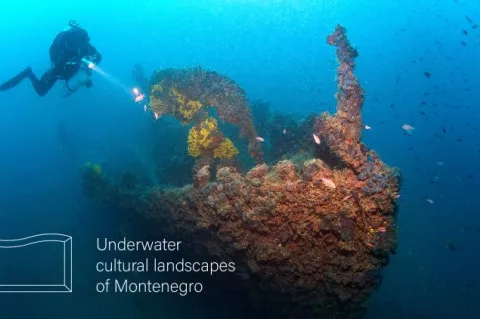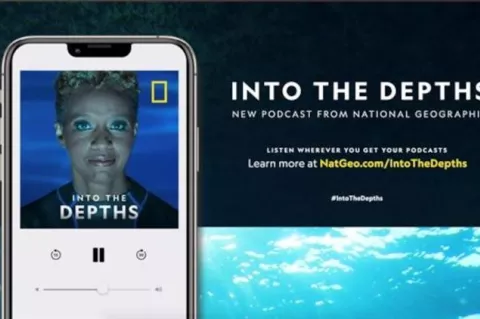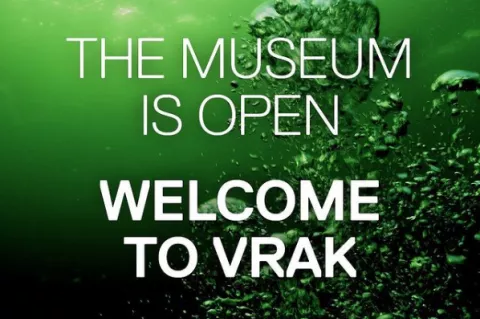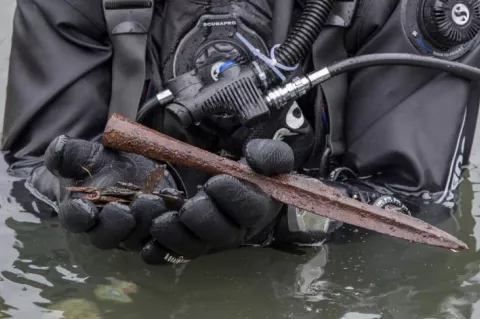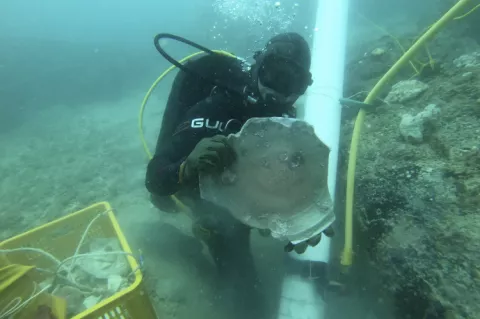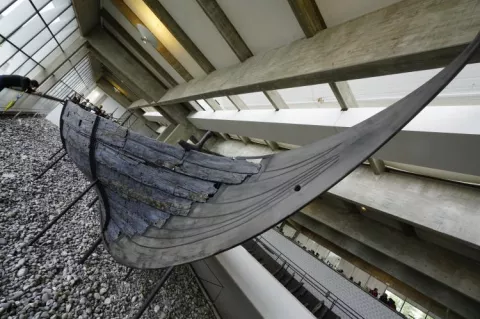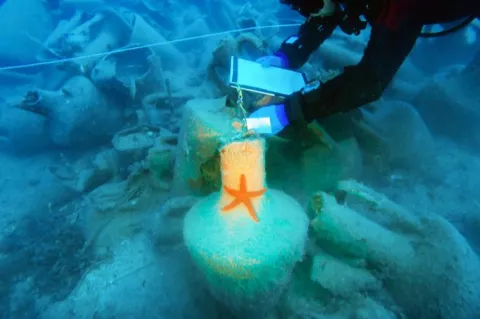Divers discover 1,600-year-old Roman shipwreck
The treasures were first spotted in late Apri by divers Ran Feinstein and Ofer Raanan but it took an underwater survey conducted in recent weeks to reveal the extent of the find.
As soon as they emerged from the water divers Ran Feinstein and Ofer Ra‘anan of Ra‘anana contacted the Israel Antiquities Authority and reported the discovery and removal of several ancient items from the sea.
- Read more about Divers discover 1,600-year-old Roman shipwreck
- Log in to post comments



